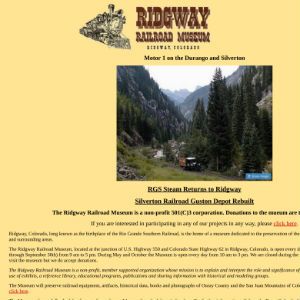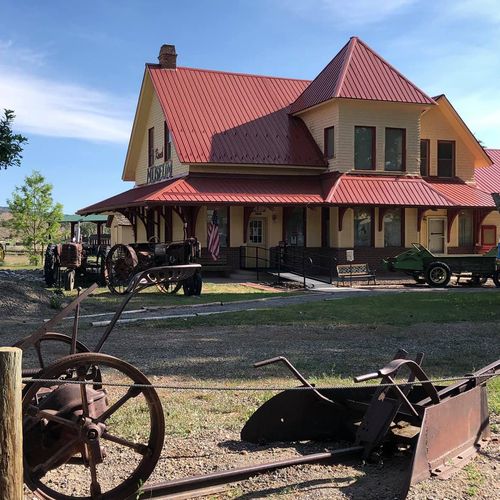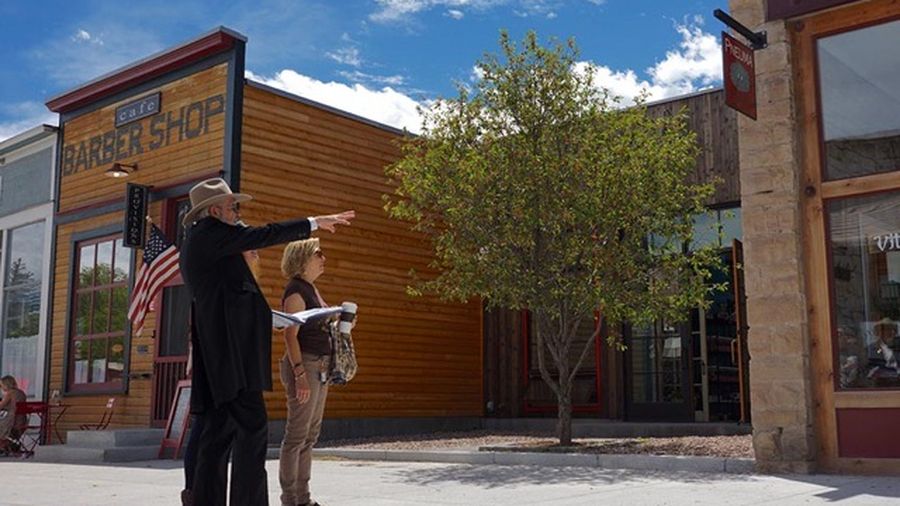Ranching Heritage
-
Published: Nov 22, 2016
-
By: Josh Gowans
-
Edited: Mar 31, 2021
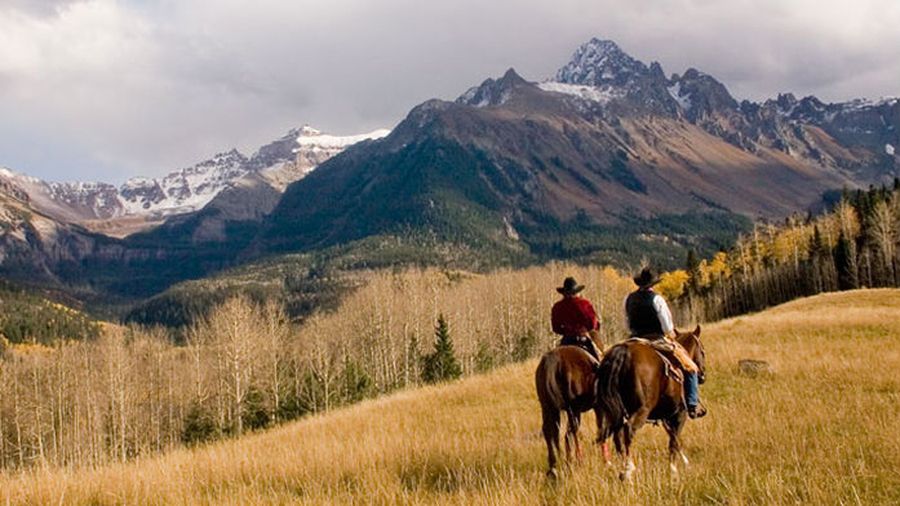
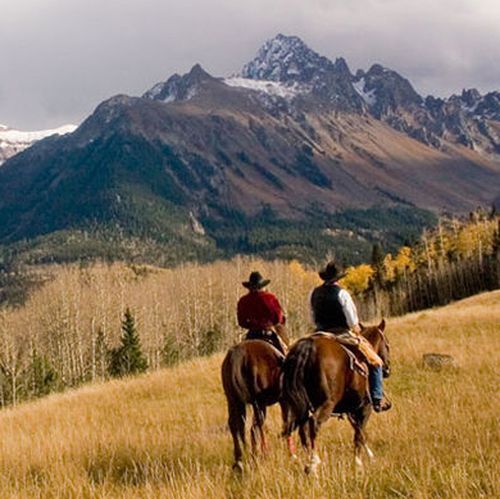
Ridgway, home of the Rio Grande Southern Railroad, had its beginning as a railroad town in 1890. Otto Mears, known as the Pathfinder of the San Juans for his network of toll roads, and his fellow investors founded the town to be the headquarters of their Rio Grande Southern Railroad (R.G.S.). The R.G.S was to connect the new town with Durango, passing through the rich mining camps of Telluride and Rico along the way. The R.G.S. was 162 miles long,crossed more than 140 bridges and trestles and connected to the Ouray branch of the Denver & Rio Grande at Ridgway.
The R.G.S. became known as the “Silver San Juan” line and was a tourist favorite for its spectacular scenery and its breathtaking Ophir Loop. The railroad was completed in December, 1891. It was wildly successful at first – Mears issued silver and gold complimentary passes and planned to extend the line to the west coast. However, the crash of silver prices in 1893 and the subsequent closing of most of Colorado’s mines dramatically affected the state’s railroads, and the R.G.S. slid into receivership. However, the line managed to survive for the next 60 years despite heavy snowstorms, mud and rock slides and economic disasters.
During the Great Depression the R.G.S. depended on a mail delivery contract for steady cash flow. Delivering mail by steam train was expensive, so management decided to build automobile-based rail buses to carry mail, passengers and light freight. Seven of these hybrid vehicles, which became known as “Galloping Geese,” were built in the Ridgway roundhouse. They were so successful that the railroad stayed in business until late 1951, when it finally ceased operations. Dozens of books and articles have been written about the line, and today the R.G.S. and its Galloping Geese are world famous. It is one of the most modeled railroads in the world, and the Ridgway Railroad Museum attracts visitors from throughout the world.
Ridgway’s ranching heritage dates back to the late 1880s and the arrival of the railroad, which opened up the land for legal homesteading. Silver mines above Ouray and Telluride were booming. Ore needed to be shipped out and the miners needed food. Rough mining camps grew into ‘civilized’ towns. The market for beef grew, and the fertile valley at the foot of the San Juan Mountains supplied it.
More people came, arriving by foot, on horseback, and by covered wagon. Ranching was a hard life—but possible with determination and perseverance. Ranch families helped each other out during fall roundup and branding and spring calving. Small schools educated ranch children, and families gathered for social events when time and work permitted. A favorite activity was the ranch rodeo, which recognized cowboy skills such as roping and riding. Early rodeo was truly a spectator sport, with little or no barrier between the performers and the audience! ~ Kathryn R. Burke
